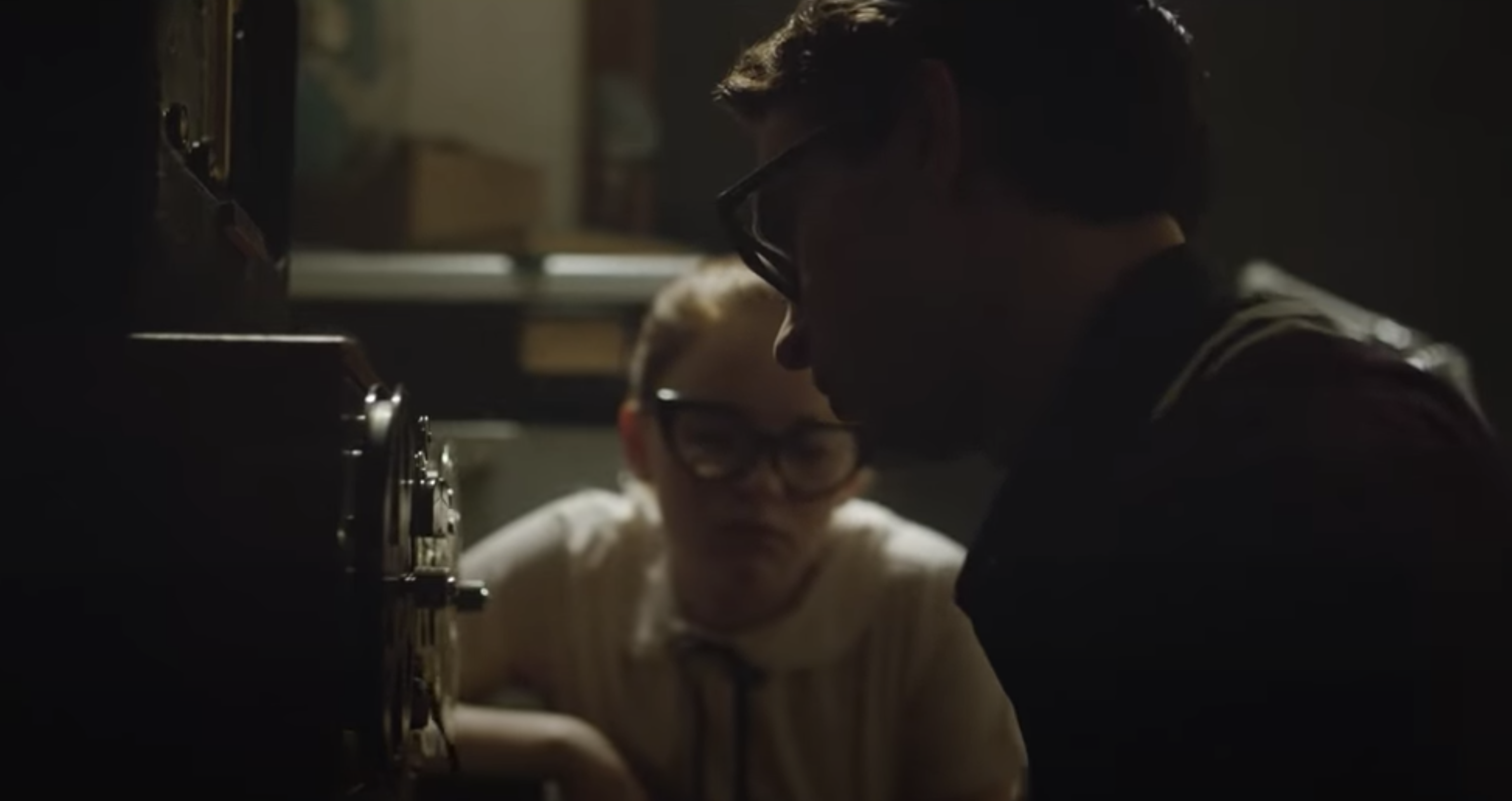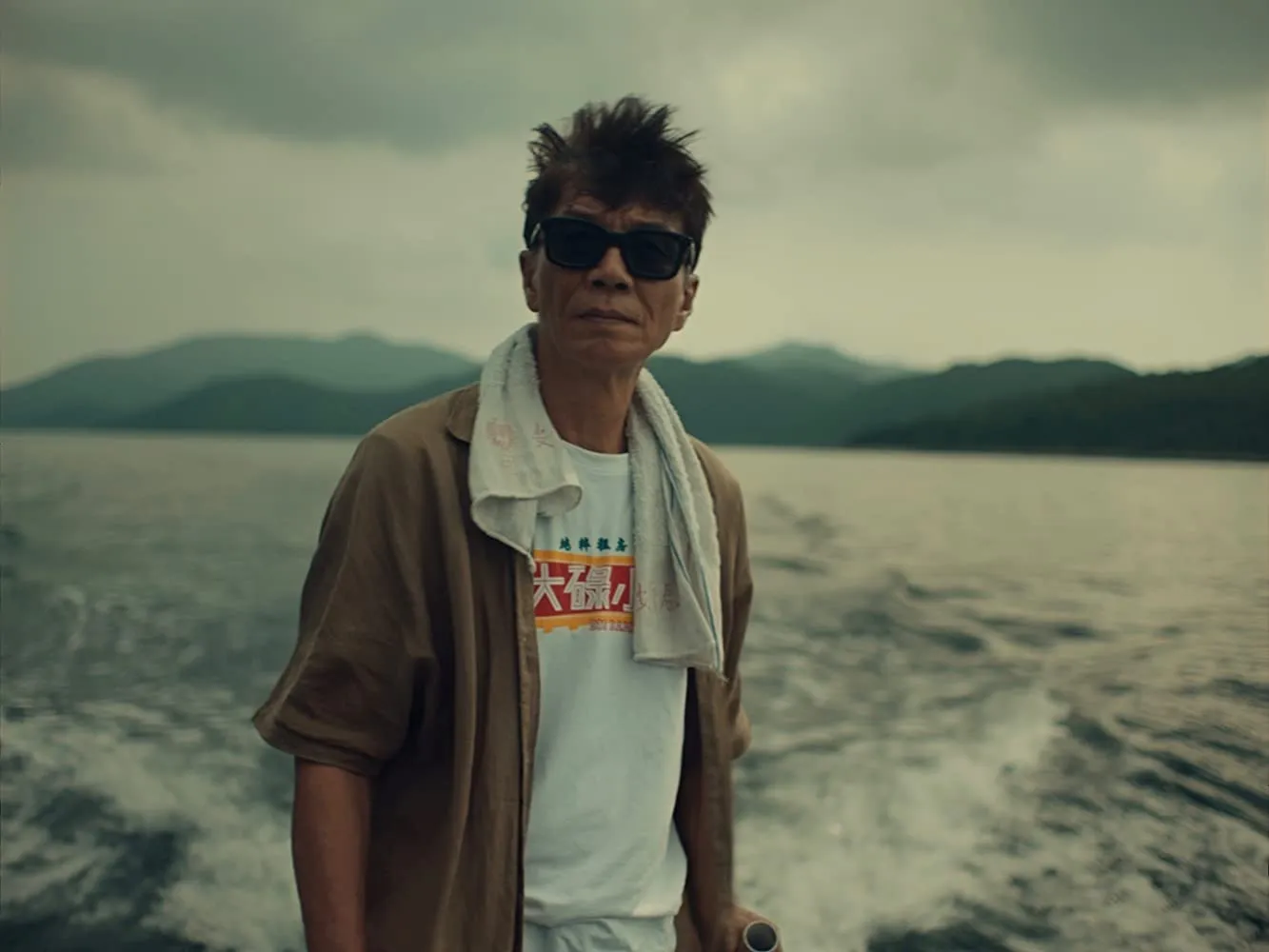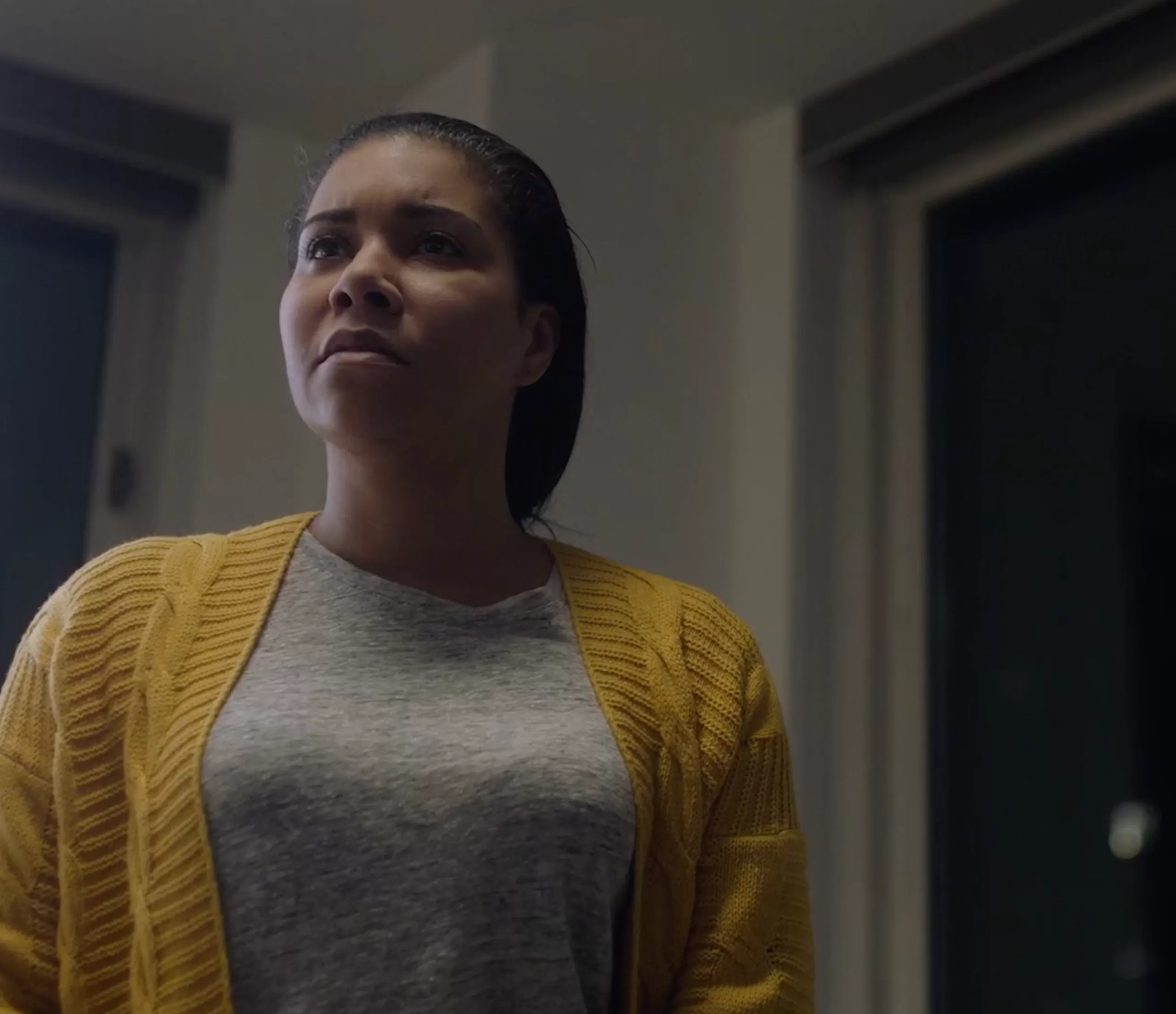Ken Burns returns with “THE AMERICAN BUFFALO,” along with trusted colleagues | INTERVIEW
At the start of the twentieth century, it was estimated that fewer than 1,000 bison were left on the Great Plains following two centuries of unchecked extermination. Today, thanks to conservation efforts, they number approximately 450,000—but still far, far below the tens of millions of animals that once roamed the continent.
In “THE AMERICAN BUFFALO,” master documentarian Ken Burns traces the thousands of years of history between the animal and the Native Americans that was so disturbed by the arrival of
Europeans. Throughout two episodes, Burns and scriptwriter Dayton Duncan take viewers on a journey through yet another complicated chapter of the American story—a passion for which the duo have shared over the course of their many projects together.
“We basically took away not just the material sustenance of Native Americans who depended on this buffalo, and used every part of the buffalo from the tail to the snout in a sustainable fashion, but took away the spiritual connection they’ve had with it,” Burns said during a phone call from his New Hampshire headquarters. “That’s a trauma that, as the scholar, Dan Flores says [in the film], is the ‘greatest slaughter of wildlife in the history of the world’—elk, grizzlies, and others, but principally buffalo.’
“And it’s all on our watch.”
The nineteenth century was especially horrifying for the bison, who were slaughtered primarily for their hides—many used for belts in factories back east—with most of the carcasses simply left to rot in the sun where they fell. This was a doubly sinister move given that, for Manifest Destiny to truly be realized, the Native peoples too needed to be moved or killed.
“As Germaine White, the Salish Kootenai scholar, said [in the film], it was a twofer: If you were killing the buffalo you were also killing the Indian,” Burns said. “And that’s also on us.”
Accordingly, in addition to including the voices of such noted historians as the screenwriter Duncan, who appears often in “THE AMERICAN BUFFALO,” Burns said his primary mission was to center the views of Native Americans, both those from history as well as their descendants.
“So instead of just paying lip service in some paternalistic way to other points of view, we just privileged it,” Burns said. “As Germaine White says, Native peoples have had a relationship of 600 generations with this beast. And European Americans have, at best, six.”
“Once you can feel how deep that connection was, then you really feel…the depth of the double devastation that happened,” added Duncan of both the loss of the bison as well as the continent-wide genocide of Native Americans. “I hope that by telling the story of the 10,000-year-old connection between the Native people and the buffalo, that [audiences] will carry away just how significant that was.”
Joining Burns and Duncan was producer Julie Dunfey, who has worked with both on several lengthy documentaries in the past. She relates that she and field teams started conducting interviews and shooting B-roll in 2019, though the pandemic put much of the shooting on ice for a good year. With the producer forced to work from her dining room table for a time, Dunfey had to hustle to hire local filmmakers to film the bison that remain in their various preserves, including inside Yellowstone National Park.
“One thing I realized was there were cinematographers who could go out in their backyard in 2020. In a way it made us expand our vision a little bit,” Dunfey said of hiring camera crews to shoot in Montana, Texas, Yellowstone, and elsewhere. Eventually, she was able to return to the field with those crews. “It was such a joy to be…roaming up and down the Great Plains to film bison in iconic lands. I had to learn to say not ‘shooting bison’ but ‘filming’ them,” she added with a laugh. (The production also kept some outtakes of one particularly curious beast sniffing and licking a camera.)
Duncan, now 74, said he suggested the idea of the bison documentary to Burns years ago, but other projects kept getting in the way. Among them were their previous collaborations “The Dust Bowl” (2012), “The National Parks: America’s Best Idea” (2009), and, of course, “Country Music,” the 8-episode, 19-hour series from 2019. Their 1997 film, “Lewis & Clark: The Journey of the Corps of Discovery” all but set the stage for “The American Bison” given that the earlier film covered similar ground.
“There were a lot of different changes from the time the United States claimed the west, though didn’t control it…and one of the biggest was whereas [Lewis and Clark] kept running into buffalo at every turn, I found it hard to see any of them,” Duncan said of researching his book “Lewis and Clark: An Illustrated History.”
Burns teased that his nickname for Duncan is “Waterworks” given how emotional Duncan often becomes when speaking on camera about subjects important to him. This occurred near the start of “THE AMERICAN BUFFALO” as well.
“THE AMERICAN BUFFALO” is available for streaming here
“He feels it so intensely, and he matches that feeling with an extraordinary scholarship,” Burns said of his writer. “He’s a reporter with this nose for finding out where stuff is and…a scholar [who can] synthesize the best material on it. And it just makes him valuable” (Burns, too, admits to also getting emotional every time he gets to the final scenes of “The American Buffalo”).
“Ken for so long [has seen] me getting weepy because something I wrote is [cut and] he pats me on the shoulder and says, ‘Don’t worry, Dayton, it can still be in your book,’” Duncan said. “So at the end of this process…then I go back to my early drafts and corral them to write a nonfiction book that can withstand more details.”
Various on-camera subjects nearly lose their composure on camera as well, including Former Mount Rushmore Superintendent Gerard Baker and George Horse Capture Jr. of the Fort Belknap Indian Reservation in what is now Montana. Other Native American voices in the docuseries lament the loss of their traditions, their way of life, and, of course, the magnificent animals that sustained them for thousands of years.
Burns also includes in the film details of the so-called Indian Nickel of 1913, sculpted by James Earle Fraser and featuring a Native American on one side and a buffalo on the obverse—both symbols of an America that had all but disappeared. Even the buffalo used as the model for the sculpture, called Black Lightning, was eventually sent to Manhattan’s Meatpacking District and cut up for meat.
“These two entities that we’ve spent the better part of the last century trying to exterminate have now become romanticized and fetishized. They become the symbol of our own insecure identity,” the filmmaker explained, adding that with the frontier effectively settled and the Native Americans moved to reservations, Americans sought an atavistic way to define themselves at the dawn of the 20th century. “That makes for really complicated stuff.”
The buffalo might have disappeared entirely were it not for the enterprising foresight of such figures as Charlie Goodnight, William T. Hornaday, and Theodore Roosevelt—all White men, and all of whom either had at one time or continued to hold racist beliefs. Goodnight once hunted both the Native Americans and the bison before having a change of heart and starting to secure a herd at his Texas ranch. Hornaday, chief zoologist at the Bronx Zoo, was a notoriously unapologetic White supremacist. Future president Roosevelt, an avid hunter who saw the need to bring back the bison, was once heard to utter: “It’s sad that the buffalo is going to disappear, but it’s good given the fact that it will help us with our Indian problem and help the advance of White civilization.”
“I have a neon sign in the editing room I’ve had up for years. In lowercase cursive, it says, ‘It’s complicated,’” Burns said. “In a cancel culture, everything is binary where nothing is binary. And what you don’t permit is for the people to even make migrations—to move.
“I just think that we do ourselves a disservice when we fix people as any given thing. Maybe convenience in an age of too much information suggests that’s the right thing to do, but it ain’t.”
As evidence, he points to both Hornaday’s and Roosevelt’s evolutions on the subject. Another fascinating character in his own right, Goodnight goes from slayer to savior of both the Indian and the bison.
“At the insistence of his wife, he’s guarding a herd and giving away buffalo for slaughter to the Kiowa [for whom] the buffalo is at the very center of their creation stories and their rituals of the sundance,” Burns said, adding that Goodnight even befriended the Comanche leader Quanah Parker, where the two earlier would have been natural enemies. “However challenging the motives of some of the people who helped save the buffalo…now the bison is not going extinct.”
“I like the challenge of saying, ‘Now that I’ve amassed this information, how do we tell this?’” added Duncan. “One of the bases of Ken’s and my friendship is that we are both very fervent believers in that narrative storytelling is the best way to try to get the information across.”
After decades of working on Burns’s long-form projects, both Dunfey and Duncan have elected to make “The American Buffalo” their final collaboration with the documentarian. In addition to continuing her advocacy on behalf of the bison, Dunfey looks forward to visiting her adult children spread around the country. Meanwhile, Duncan will devote more time to his books.
The trio behind the series says that they view its two episodes as the first acts of a three-act play—with the closing third continuing to play out into the 21st century and beyond.
“It’s arguable that we’re the most dangerous species” on the planet, said Duncan, channeling a quote from Wallace Stegner. However, “we are also the only species that when it chooses to do so—and that’s the important clause—will also go to great efforts to save what it might otherwise destroy. I think the story of the American buffalo is a prime example of that.
“The journey of our nation [is] the unfinished and oftentimes faulting, but still noble, journey to fulfill the words of the Declaration of Independence that began our nation.”
“We showed a rough cut to some neighbors that Ken has come to rely on in Walpole—just ordinary folks, probably typical PBS viewers,” added Dunfey. “This one older gentleman said, ‘You know, it’s really about how we all live together.’ And I interpreted that very broadly not just about human beings but how we live with the world, the continent we inhabit, the planet we live on.”
“The third act will be written by Native Americans and the rest of us,” summed up Burns. “That is to say we’ve saved the beast, but can we allow it to be wild and free?”
“THE AMERICAN BUFFALO” is now airing on PBS.
news via inbox
Nulla turp dis cursus. Integer liberos euismod pretium faucibua



